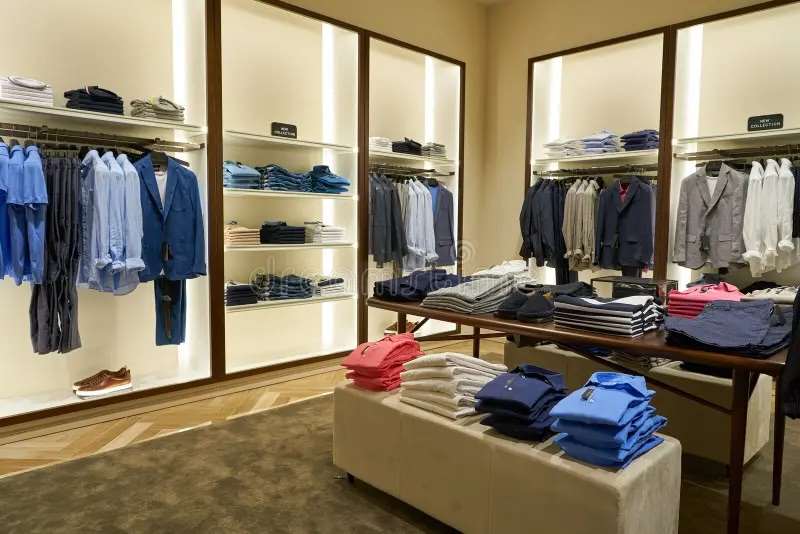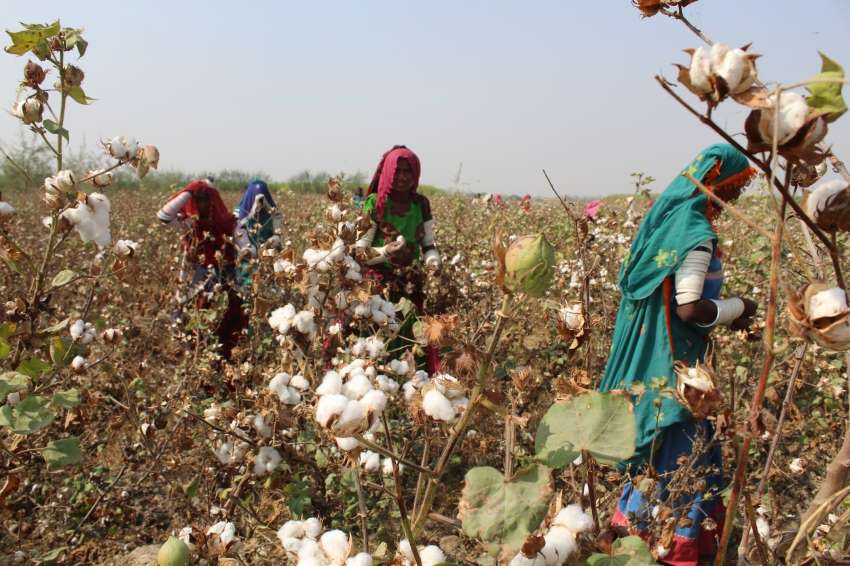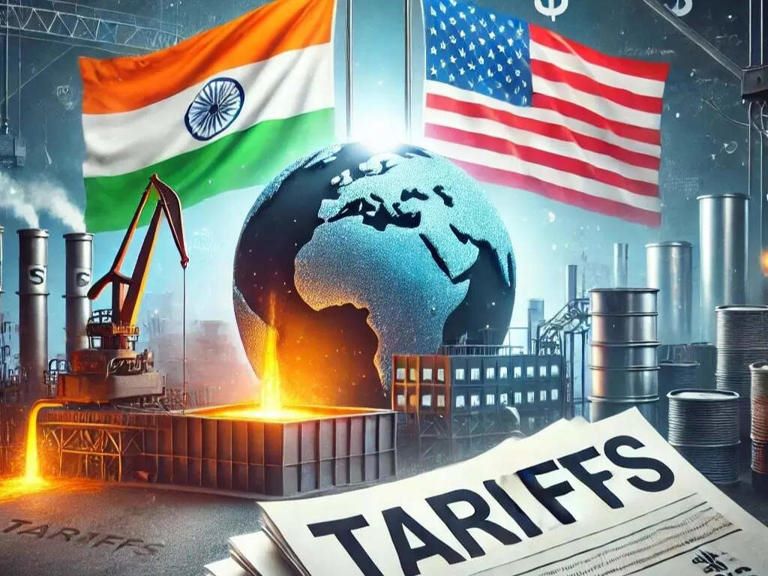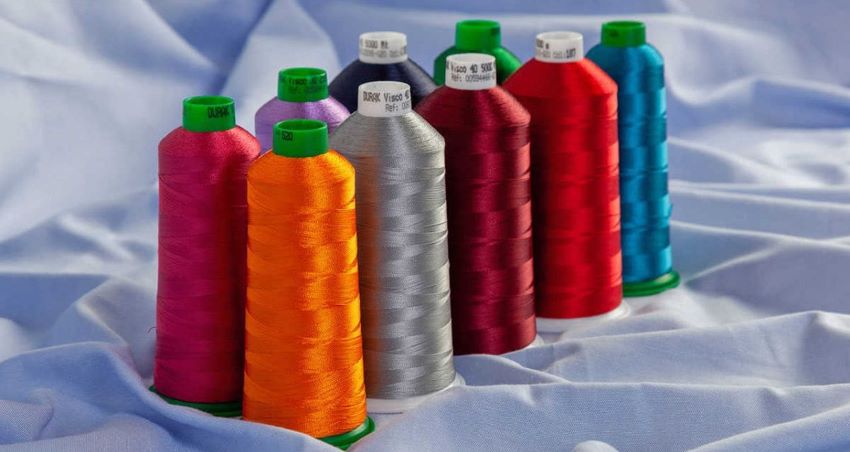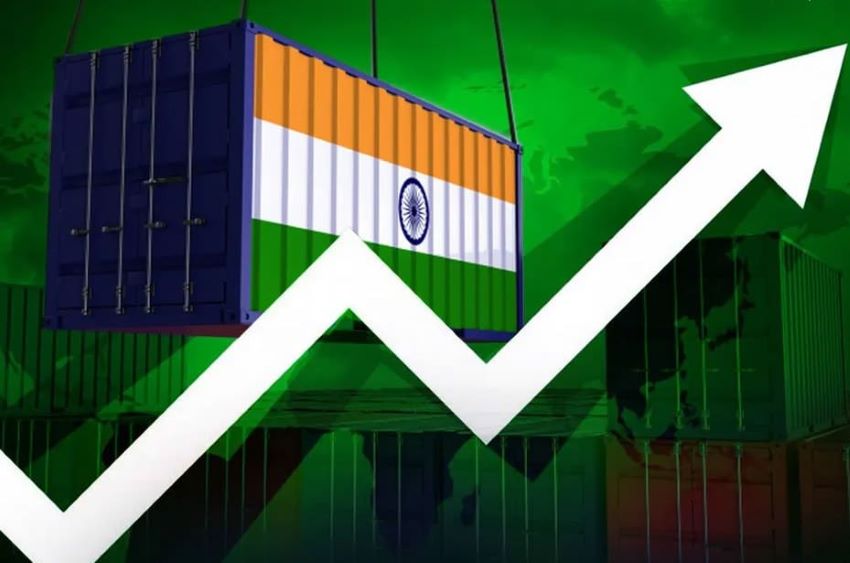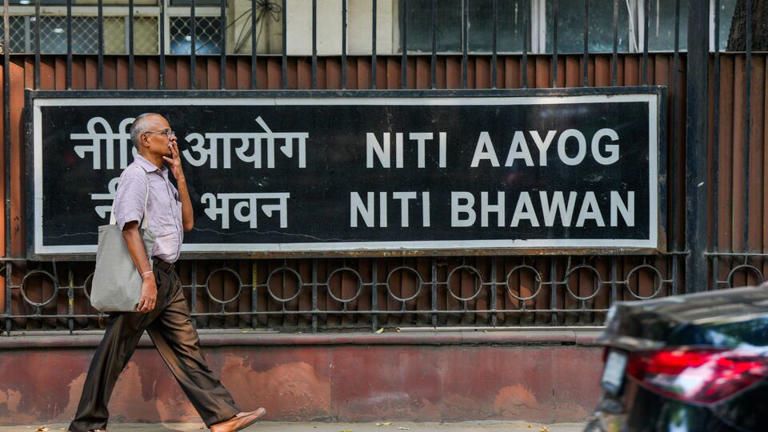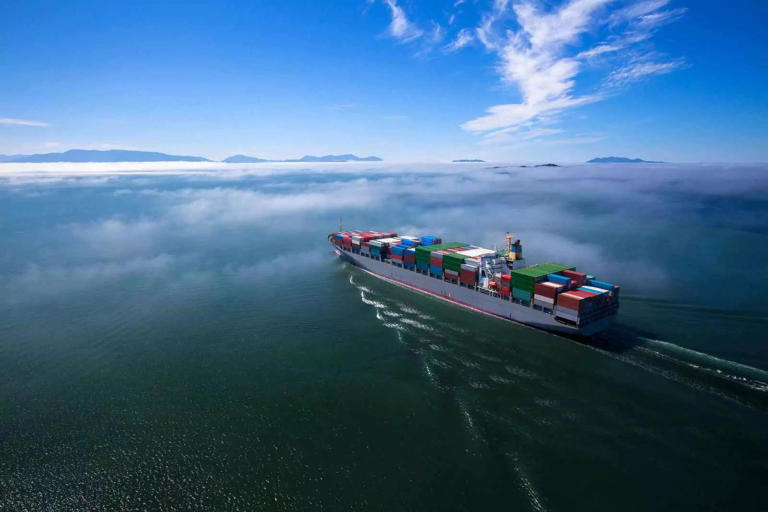FW
Several free trade agreements will turn Vietnam into a primary destination of global supply chain and open up huge opportunities for the domestic garment industry. In order to effectively grasp these opportunities, the garment sector should make greater efforts in calling for foreign and domestic investments. Closer links between garment producers and raw material suppliers are also necessary.
Many US companies are willing to seek supply sources from nations joining the TPP agreement once it takes effect and Vietnam is ranked highest in terms of the ability to draw new businesses. Nine years after joining the World Trade Organisation, Vietnam’s garment-textile sector has increased its market share in the United States to 10 per cent from the previous three per cent, second only to China.
Last year, the sector saw an impressive growth of 17 per cent in Europe, 12.5 per cent in the United States, 9 per cent in Japan, and 27 per cent in South Korea. Over the past six months, garment exports earnings of Vietnam were up 10.26 per cent year-on-year. The United States continued to be the largest importer of Vietnam’s textile and garment products, accounting for 42 per cent of the total export value, a surge of 11.01 per cent.
Several free trade agreements will turn Vietnam into one of the primary destinations of the global supply chain and open up huge opportunities for the domestic garment industry.In order to effectively grasp these opportunities, the local garment sector should make a greater effort in calling for foreign and domestic investments. Closer links between garment producers and raw material suppliers are also necessary.
Many US companies are willing to seek supply sources from nations joining the TPP agreement once it takes effect and Vietnam is ranked highest in terms of the ability to draw new businesses.
Nine years after joining the World Trade Organisation, Vietnam’s garment-textile sector has increased its market share in the United States to 10 per cent from the previous three per cent, second only to China.
Last year, the sector saw an impressive growth of 17 per cent in Europe, 12.5 per cent in the United States, 9 per cent in Japan, and 27 per cent in South Korea.
Over the past six months of this year, garment exports earnings of Vietnam were up 10.26 per cent year-on-year. The United States continued to be the largest importer of Vietnam’s textile and garment products, accounting for 42 per cent of the total export value, a surge of 11.01 per cent.
The value of Vietnam's textile and garment exports rose 10.26 per cent in the first six months of this year compared with the same period last year.The United States continued to be the largest importer of Vietnam’s textile and garment products, accounting for 42 per cent of the national total export value, a surge of 11.01 per cent. It was followed by the European Union, whose imports of Vietnamese apparel were up 8.2 per cent.
Exports to Japan and South Korea in the first half of this year are expected to grow 7.3 per cent and 8.33 per cent, respectively, against the same period last year. Vietnam is the second largest garment and textile exporter to Japan and South Korea after China.
After the signing of the Vietnam-Eurasian Economics Union (EEU) free-trade agreement, Vietnam can increase the export value of garment products to the EEU by 50 per cent in the first year and 20 per cent annually in the following years. In the coming three to five years, Vietnam expects to be one of the top five garment exporters to the EEU.
The value of Vietnam's textile and garment exports reached 12.18 billion dollars in the first six months of this year.
Uttarakhand wants a textile policy so that it can provide aid to woolen weavers, boost the handloom sector and promote silk and tussar silk in the hill region.A proposal for mulberry plantations was submitted in 2014-15 and the Centre has released Rs 46.30 lakhs against it.
The state has submitted a revised proposal for setting up a textile park in the state. Uttarakhand wants the group approach scheme for handloom weavers to be continued since their population is scattered in the state and these welfare schemes will help uplift them.
The Chhipi community in the state includes Hindu and Muslim weavers. They are facing hardships in continuing their traditional profession due to lack of finances. The tribes engaged in the weaving profession in the tribal areas of the state are also on verge of fading out due to lack of proper marketing of their produce. They need to be provided with financial assistance for establishing looms.
Another proposal of the state is that a wool bank be established to meet the purpose of subsidy and that dyeing units be properly mechanized.
As desired by the Central Silk Board, Bangalore, the state government had submitted a proposal for Rs 5 crores but the Centre has released Rs 3.11 crores so far.
ICAHT 2015, the international conference on apparel and home textiles, will be held in New Delhi, October 31, 2015.The conference will cover all aspects of the apparel industry, including the problems of small-scale enterprises in the developing world, barriers which are hindering the growth of this industry, the strength and weakness of the manufacturers in different region, globalization issues, resource and manpower scarcity, quality of the product, trade laws, adopting new techniques to improve productivity, managing global supply chain and finally changing apparel industry trends with ever-changing fashions.
The idea is to explore creativity and the creative process through the lenses of imagination and innovation. ICAHT will discuss improving efficiency, cutting costs, shorter lead time, better understanding of customer value in the present situation and government help in forming policy to boost and motivate exports.
The conference aims to provide an environment for academics, researchers and practitioners to exchange ideas and recent developments in the field of apparel manufacturing. The conference is also expected to foster networking, collaboration and joint effort among the conference participants to advance the theory and practice as well as to identify major trends in apparel manufacturing.
The global apparel manufacturing industry is expected to grow more than ever in times to come. Apparel manufacturers are now adopting new techniques to increase their trade. New business models and competitive strategies are used to enhance profits and growth.
Bangladesh’s garment exports to the US will not be affected by the proposed Trans-Pacific Partnership.The reason is that Bangladesh is performing well now even after paying a higher duty than Vietnam to the American market.
TPP is a mega trade deal involving the US and 11 other Pacific Rim nations including Vietnam, Bangladesh’s main competitor in the apparel trade.
At present Bangladesh pays 15.62 per cent duty for its garment exports to the US whereas Vietnam pays 8.38 per cent. If the TPP is signed, Vietnam’s garment items will enjoy duty-free access to the US market.
Vietnam is performing well in the US market due to preferential tariff rates it gets on its export of garment items. Currently Bangladesh is the sixth largest garment exporter to the US market and Vietnam is the third largest. Garment and textile exports to the US from Vietnam increased 12.64 per cent year-on-year between January and April. Bangladesh’s exports grew 7.24 per cent in that time.
But Vietnam will receive a lot of foreign investment if the TPP is signed as the US and the other signatories of the deal are richer and are interested to expand their operations beyond their national borders. To counter that Bangladesh should also allow foreign direct investment in the garment sector.

Through its various manufacturing shows, and in parallel to its shows displaying specific materials like yarns, fabrics, leathers, patterns, and accessories, Première Vision, the world’s leading organizer of trade shows for the upstream fashion industry, is putting in place a global sourcing strategy serving fashion brands.
Premiere Vision now seeks to cover all the major global supply areas for textiles and apparel. The aim is to offer a selection of the industry’s most qualified manufacturers through three shows, the first of which is Made in France Premiere Vision (held in Paris in April). The show presents the best of the French fashion industry to high-end luxury fashion and accessory brands and designers: specific know-hows, French expertise, proximity sourcing solutions (materials, manufacturing, and fabrication techniques), and production services.

The second show is Premiere Vision Manufacturing (held at Paris Nord-Villepinte in February and September). As part of the Première Vision Paris ensemble, the show, dedicated to fashion manufacturing specialists, presents techniques from specialised fashion manufacturers like ready-to-wear, accessories, and leathers from the Euro-Med Zone and the Indian Ocean, two regions rich in fashion traditions, techniques, and expertise.
The third show is called The Sourcing Connection Premiere Vision. To complement the proximity offered at the two other manufacturing shows, this new event will address the sourcing needs of high-volume to mid-range European fashion and accessory brands, on a fully global level. At the show, production heads and sourcing professionals from these brands will find manufacturers, sub-contractors, and garment makers and their everyday apparel and fashion collections. The first edition of this new event will be held from September 4 to 6 at the Parc des Expositions de Paris Porte de Versailles.
Just like at all the shows organised by Première Vision, in keeping with its underlying values of quality, creativity, and innovation, exhibitors at The Sourcing Connection Première Vision will be chosen by a special selection committee for fashion manufacturing industries. For its first edition, The Sourcing Connection Première Vision is foreseeing 100 to 120 exhibitors. The offer will comprise flexible companies with quick-response times and high production capabilities numbering among the industry’s highest-quality players. The Sourcing Connection Première Vision thus seeks to bring together real manufacturing treasures from the world’s leading apparel-production regions: Asia/Southeast Asia, Africa, Latin America, Eastern Europe, and Northern Europe.
Focused on the specialties of each company rather than geographic origin, The Sourcing Connection Première Vision will have offers organised by lifestyle and product categories. The exhibitors will be grouped into six distinct districts. These six districts, organized by activity and product destination, will allow for greater readability of the sourcing and expertise on offer, while ensuring optimally efficient visits. The six districts will be arranged around a central space, in a star formation, with each branch leading to one of the universes: Office Hours, as the most formal district, will include city wear, knitwear, blouses, dresses, suits, and shirts; Urbs & Suburbs will be the casual district and have leisure and relaxation items, streetwear, chinos, and free style.
All But Blue will be the denim district and will showcase new washes, new techniques and technologies, and all jeanswear products; Fit Frame in Fashion will be the sports-fashion district, which will have loungewear, homewear, yoga, fashion-sports; and Make it Work will be the services district and will display logistics, webpages, finance, pattern making, social media, virtual tools, and software. Lastly, Dress for the Elements will be the outerwear district, covering jackets and coats, leather jackets, outdoor shells, trekking, and sailing.
Like all the events organized by Premiere Vision, The Sourcing Connection Première Vision aims to provide a genuine contact point for fashion industry professionals to meet and exchange ideas. To initiate discussion and contacts between visitors and exhibitors, and stimulate thinking on fashion manufacturing issues, the show will be sponsoring two seminars on new challenges in international sourcing.
Heimtextil India is taking place in New Delhi, June 25 to 27, 2015.
As many as 150 companies from seven countries are showcasing home furnishing fabrics and home decor designs.
Bath linen, kitchen textiles, window decorations, furniture fabric salon, textile floor coverings and other products from India, China, Pakistan, Germany, Nepal, Thailand and the US are being showcased at the three-day fair.
In addition to providing a platform for business, Heimtextil India is accompanied by high quality seminars and informative lectures on topical themes. Heimtextil India offers a comprehensive approach to home and contract textile professionals.
With its wide range of product groups, Heimtextil provides exclusivity, structure and orientation for the industry.
Heimtextil India joins the world's most renowned home and contract textiles trade fair brand. The show is organized by Messe Frankfurt Trade Fairs India, the Indian subsidiary of one of the world's leading exhibition organisers.
Heimtextil is the biggest and the most important platform for manufacturers, retailers and designers around the world. It has shows in Frankfurt, Tokyo, New York, Moscow, Shanghai and now New Delhi.
The Messe Frankfurt group has a global network of 28 subsidiaries and around 50 international sales partners, allowing it to serve its customers on location in more than 160 countries.
heimtextil-india.in.messefrankfurt.com/
Karnataka, feels the reduction in import duty on cheap Chinese raw silk would badly affect the indigenous Indian manufacture of raw silk.The budget for 2015-16 has reduced the import duty on Chinese raw silk from 15 per cent to 10 per cent.
With prices falling steeply in the raw silk and cocoon markets, the state wants the Centre to increase customs duty to 30 per cent or at least restore it to 15 per cent.
Varanasi and Karnataka are facing a similar problem due to China silk. The famed Mysuru silk comes from Karnataka. About six lakh weavers in the prime minister’s constituency of Varanasi, who use raw Mysuru silk -called Bengaluru silk there -to weave the famous Benaras handloom silk sari.
A non-governmental organisation in Varanasi, the State Alliance for Rights, Empowerment and Livelihood, which facilitated the GI tag for the Benaras silk sari, is also fighting the battle against Chinese raw silk and fabric flooding the market.
Benaras silk sari and Mysuru raw silk are heritage products and have gained international recognition and repute.
Karnataka is hoping that prime minister Modi will listen to the need of his constituents and intervene to help the Karnataka sericulturists.
Vietnam is the second largest textile and garment exporter to South Korea, making up one-fourth of South Korea’s garment market, after China.South Korea imported 627.4 million dollars in textiles and garments from Vietnam in the first four months of this year.
The turnover marks an increase of 8.25 per cent over the same period last year. The growth is part of a larger trend. After the Asean – Korea Free Trade Agreement (AKFTA), Vietnam’s textile and garment industry saw significant growth.
In 2011, the sector’s export turnover to South Korea was 900 million dollars. A year later it increased to 1.1 billion dollars and in 2013 it reached 1.6 billion dollars. Last year’s total was a staggering 27 per cent increase over that of 2013.
The growth should only continue with the recently signed AKFTA. According to its open-access commitment, Vietnamese textile and garment products that satisfy certificate of origin norms will enjoy zero tariffs once the agreement takes effect from January 1, 2016. Currently, Vietnamese firms pay a tax of 8 to 13 per cent.
South Korea is Vietnam’s fourth largest importer of textiles and garments, accounting for more than 10 per cent of the market’s export turnover.

